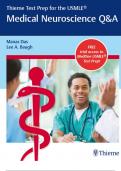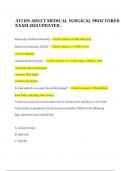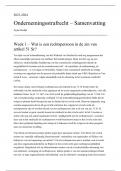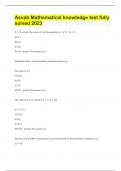Exam (elaborations)
Thieme Test Prep for the USMLE Medical Neuroscience Q&A
- Module
- Institution
Neuroscience stands out for its rationality in medicine. It has fascinated the medical fraternity for ages, and it is one of the most important (and challenging) topics tested in competitive and standardized medical exams. This book presents a collection of multiple-choice questions that test n...
[Show more]







